No products in the cart.
Ankle Stabilizer Splint
£12.49inc VAT
- 1x Ankle Stabilizer Splint specially developed by the foot experts at FootReviver™ to help protect, support and ease ankle sprains, strains and injuries
- Available in sizes 3 different sizes:
- Small 3-5 (Approx. UK Shoe Size)
- Medium 5-8 (Approx. UK Shoe Size)
- Large 8-11 (Approx. UK Shoe Size)
- Fits on either the right or left foot with total ease using the two adjustable straps that keep the ankle splint securely in place
- Recommended for treating and easing ankle and foot injuries including Ankle Sprains, Strains, Fractures, Flexor hallucis longus, Achilles tendonitis or tendinopathy, Posterior tibialis, Anterior tibialis as well as Osteochondritis dissecans, Gout and Arthritis.
- Ideal for wearing during the P.R.I.C.E injury recovery protocol to help protect, rest, compress and support your ankle after sustaining an injury for faster and better injury recovery
- Designed to straighten and support your foot and ankle in the correct position and prevent further injury
- Features 2 metal side stabilizing splints that help to immobilize your your ankle preventing movement which could twist, sprain or damage your ankle and impede your recovery
- Provides soothing compression to your ankle, heel and foot helping stimulate blood flow to reduce inflammation and swelling, ease aches and pains and provide fresh oxygenated and nutrient rich blood to cells found in key tendons, ligaments and muscles found in your ankle to help speed up the natural healing process
- The lightweight and non bulky design means you wear this ankle splint with or without shoes
- Soft comfortable padded inside cushions and absorb shock helping keep your ankle comfortable and protected
- Includes a full 30 day money back guarantee!
Ankle pain, stiffness, and instabilities can be incredibly debilitating, affecting not only your mobility but also your overall quality of life. Whether you’re recovering from an injury, managing a chronic condition, or dealing with post-operative recovery, the discomfort and limitations can be overwhelming. Enter the innovative ankle stabilizer splint by FootReviver, a game-changer for anyone seeking relief and support.
This groundbreaking product is designed to provide exceptional support and stability, helping you regain your confidence and reclaim your active lifestyle. Expertly engineered, the FootReviver Ankle Stabilizer Splint offers targeted relief from pain and stiffness. It ensures that your ankle remains secure and supported, whether you’re recovering from surgery, dealing with a chronic condition, or simply looking to prevent future injuries.
Imagine being able to go for that walk in the park, play with your kids, or simply get through your day without the nagging fear of ankle pain. With FootReviver’s advanced design, you can enjoy enhanced mobility and peace of mind, knowing that your ankle is well-protected. Step into a life free from the constraints of ankle discomfort with the innovative support of the Ankle Stabilizer Splint. Your path to recovery and a pain-free life starts here.
How an Ankle Stabilizer Splint Works
- Support and Stability
An ankle stabilizer splint provides crucial support to the complex anatomy of your ankle, including the talus, calcaneus, and the surrounding ligaments and tendons. By securing these structures, the splint helps to maintain proper alignment, preventing excessive movements that could exacerbate your condition. This stability is crucial for reducing the risk of further injury and allowing the healing process to take place unimpeded.
- Shock Absorption
The ligaments and cartilage in your ankle act as natural shock absorbers, but when these are compromised due to injury or surgery, an ankle stabilizer splint can take over this role. The splint absorbs and redistributes the forces that your ankle encounters during movement, such as walking or running. This reduction in impact can alleviate pain and prevent further damage to sensitive tissues, making your recovery process smoother and more comfortable.
- Compression
Compression is another vital feature of an ankle stabilizer splint. It works by applying gentle pressure around the ankle joint, which helps to reduce swelling and improve blood circulation. Enhanced circulation means that more oxygen and nutrients are delivered to the injured tissues, accelerating the healing process. Additionally, compression can help in reducing inflammation, which is often a significant source of pain and stiffness.
Situations Where an Ankle Splint Can Help
Daily Activities
For those dealing with chronic conditions, an ankle splint can make everyday activities like walking, climbing stairs, or even standing for extended periods more manageable. The support it provides can significantly reduce discomfort and improve your quality of life.
Sports and Exercise
Athletes or those who enjoy active lifestyles can benefit immensely from wearing an ankle stabilizer splint. It offers the necessary support during high-impact activities like running, jumping, or pivoting, thereby reducing the risk of injuries.
Post-Operative Recovery
After surgery, your ankle is particularly vulnerable. The splint serves as a protective shield, ensuring that the healing process is uninterrupted and efficient. It helps maintain proper alignment and reduces the strain on surgical repairs.
Conditions and Injuries Treated with Ankle Splints
In this next section, we’ll take a closer look at some of the various conditions and injuries that an ankle stabilizer splint can help treat and prevent. From sprains and fractures to tendonitis and arthritis, wearing an ankle stabilizer splint can be a crucial part of your treatment and prevention strategy. Each condition presents unique challenges, and the stabilizer splint can offer targeted support to help manage symptoms and facilitate recovery.
Discover the Ultimate Ankle Stabilizer Splint by FootReviver™
Now that you know a bit more about how an ankle stabilizer brace works and the various injuries and conditions they can help treat and prevent, let us introduce you to this innovative ankle stabilizer splint designed by FootReviver™. With years of expertise in physiotherapy and foot biomechanics, FootReviver™ has crafted a product that stands out in its ability to protect, support, and ease discomfort from ankle sprains, strains, and injuries.
Enhanced Injury Recovery with Targeted Support
The ankle stabilizer splint provides targeted support to specific areas of the ankle, enhancing the recovery process. Ideal for use during the P.R.I.C.E (Protect, Rest, Ice, Compress, Elevate) injury recovery protocol, this ankle stabilizer splint plays a critical role in protecting your ankle from further damage. By immobilizing the ankle with two metal side stabilizing splints, it prevents movements that could twist, sprain, or damage the ankle, thus enhancing the recovery process.
The design incorporates strategically placed support zones that align with the natural contours of your ankle, offering precise stabilization where it’s needed most. This targeted support helps reduce strain on weakened tendons and ligaments, promoting a quicker and more effective healing process. For example, the additional support around the Achilles tendon and lateral ligaments can significantly reduce the risk of re-injury, making it an invaluable tool for anyone recovering from an ankle sprain or other injuries.
Soothing Compression and Pain Relief
The splint delivers soothing compression to the ankle, heel, and foot, stimulating blood flow to reduce inflammation and swelling. This compression helps ease aches and pains while providing oxygenated, nutrient-rich blood to key tendons, ligaments, and muscles, accelerating the natural healing process.
Comfortable and Practical Design
Crafted with a lightweight, non-bulky design, this ankle splint can be worn with or without shoes, offering convenience without compromising on function. The soft, padded interior cushions the ankle, absorbing shock to keep your foot comfortable and protected throughout the day.
Breathable Design
Engineered with a breathable design, this ankle splint allows optimal airflow to keep your skin cool and comfortable. The perforated materials promote ventilation, preventing overheating and excessive sweating. This breathable feature is particularly beneficial during physical activities or in warm climates, as it helps maintain a comfortable temperature around the ankle. By ensuring proper airflow, the splint minimizes the risk of skin irritation and enhances overall comfort, making it ideal for daily wear.
Moisture-Wicking and Antibacterial Fabric
The ankle stabilizer splint features advanced moisture-wicking and antibacterial fabric that helps keep your skin dry and free from harmful bacteria. This fabric technology draws sweat away from your skin and prevents the growth of bacteria, which can lead to odors and skin infections.
Durable and Easy to Clean
Constructed with high-quality, durable materials, this ankle stabilizer splint is built to withstand daily wear and tear. Its robust construction ensures long-lasting support, even through rigorous activities and prolonged use. Additionally, the splint is easy to clean and maintain, requiring minimal effort to keep it in optimal condition. Simply hand wash it with mild soap and water, and it’s ready for use again. The durable and easy-to-clean nature of the splint ensures that you can rely on it for consistent performance and hygiene over time.
Satisfaction Guaranteed
To top it all off, this product includes a full 30-day money-back guarantee, no questions asked. If you’re not completely satisfied, you can return it with ease.
Take the Next Step Towards Recovery
Don’t let ankle pain, stiffness, or injury hold you back any longer. Invest in the FootReviver™ Ankle Stabilizer Splint today and experience the benefits of superior support, enhanced recovery, and unparalleled comfort. Click “Add to Cart” now and take a confident step towards a pain-free life with NuovaHealth.
2 Reviews For This Product
Fast & Secure Checkout Through Paypal
Pay with Paypal the secure payment gateway that accepts all credit and debit cards. Paypal is free and secure and no credit or bank information is ever stored or shared with us.
Fast Dispatch
Enjoy your items soon with quick dispatch via Royal Mail First Class. Expect to have your items between 1-3 days for domestic orders. 7-10 Working days for international orders.
Return Policy – 30 Day Money Back Guarantee
We are so confident that you will just love our product that we offer a full 30 day money back guarantee. In the unlikely event, you are unhappy with your purchase you can simply return it within 30 days for a refund. Please contact us via the form on the contact us page to start your return.
To return an item please send it to: Nuova Health UK, 81 Highfield Lane, Waverley, Rotherham, S60 8AL. Please include a note with your order id so we know who to refund. Please retain your postage receipt as proof of postage. All that we ask is that the item is in the original packaging and unused.
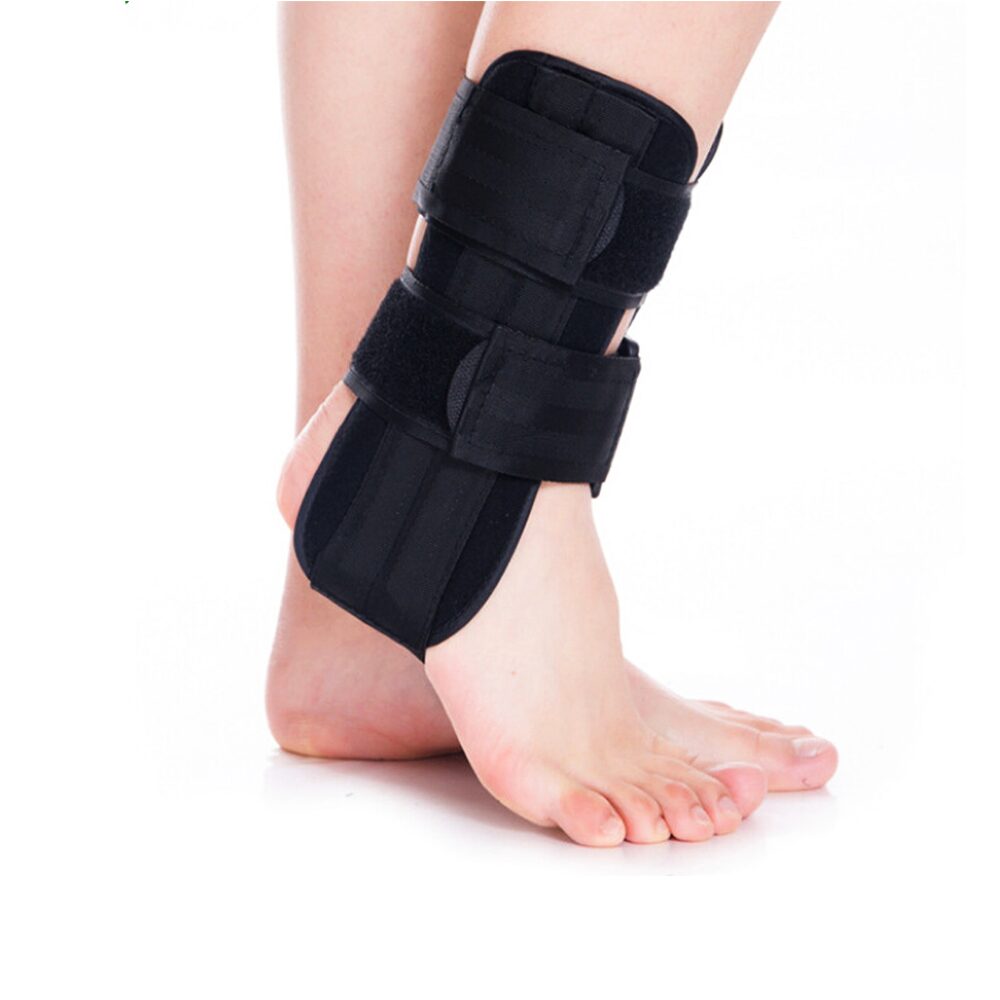
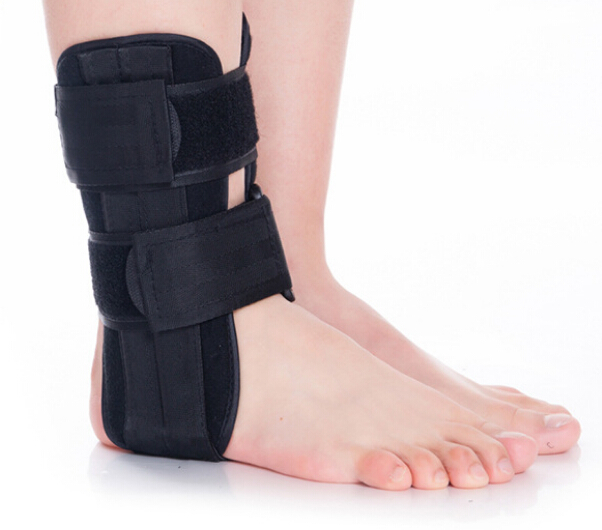
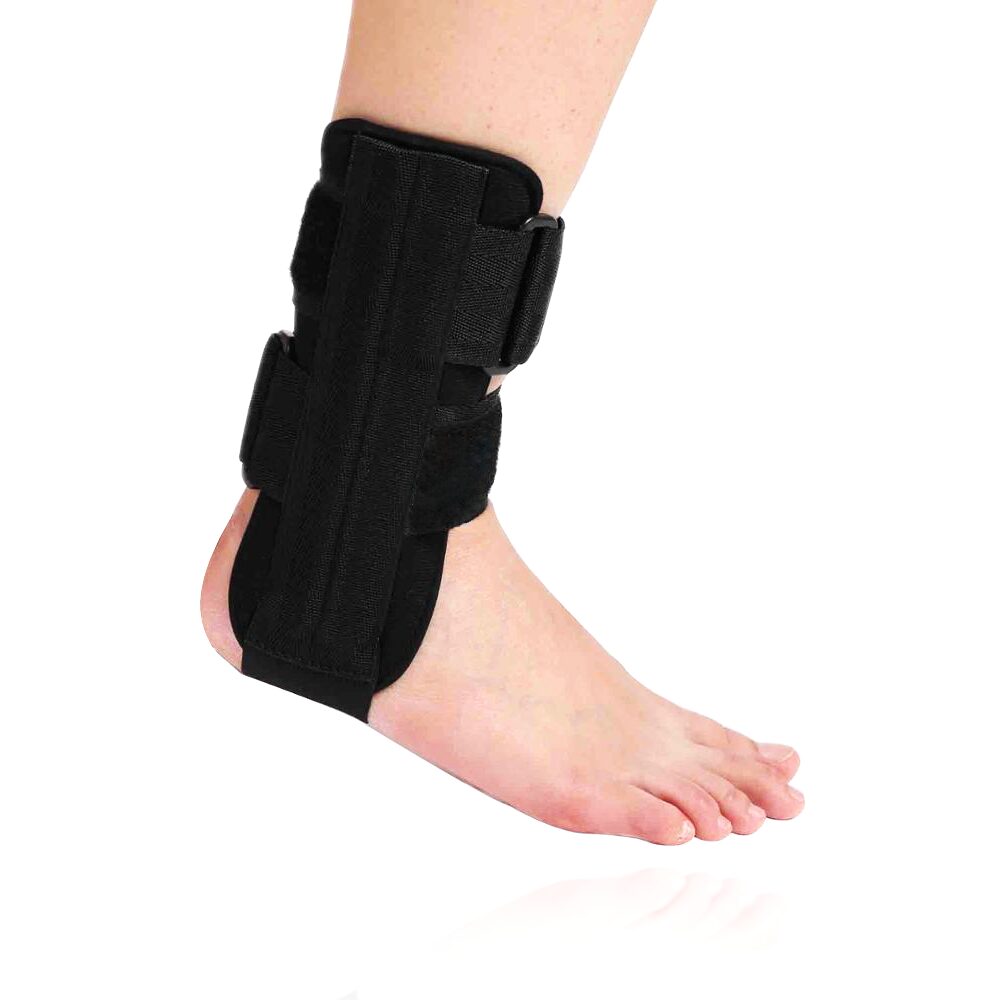
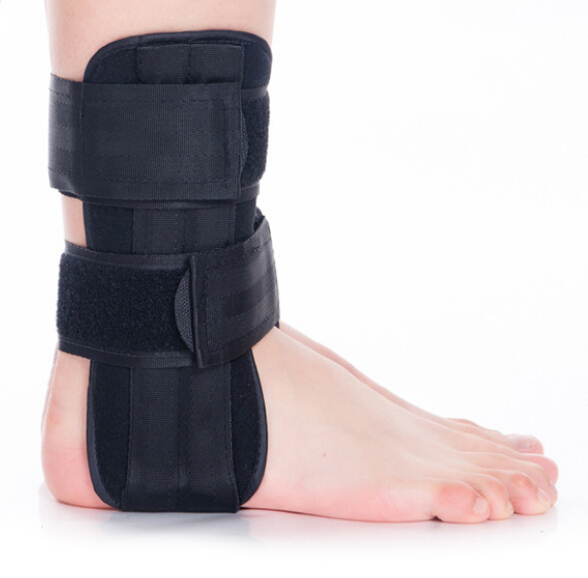
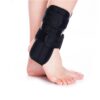
by Andrew
Bought this after spraining my ankle and it has really helped support and strengthen my ankle up again. Would 100% recommend!
by Elly
After a minor ankle sprain, I decided to give the Ankle Brace a whirl. It’s been a revelation! The quality is stellar and it’s made my recovery a breeze. Absolute thumbs up!